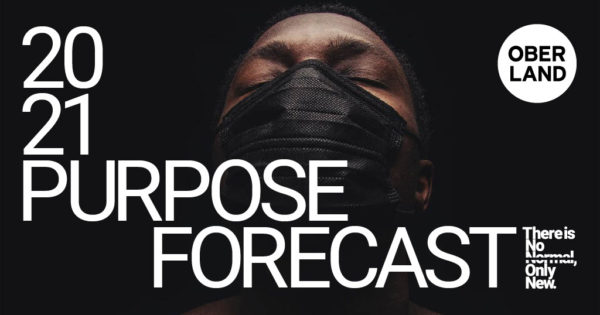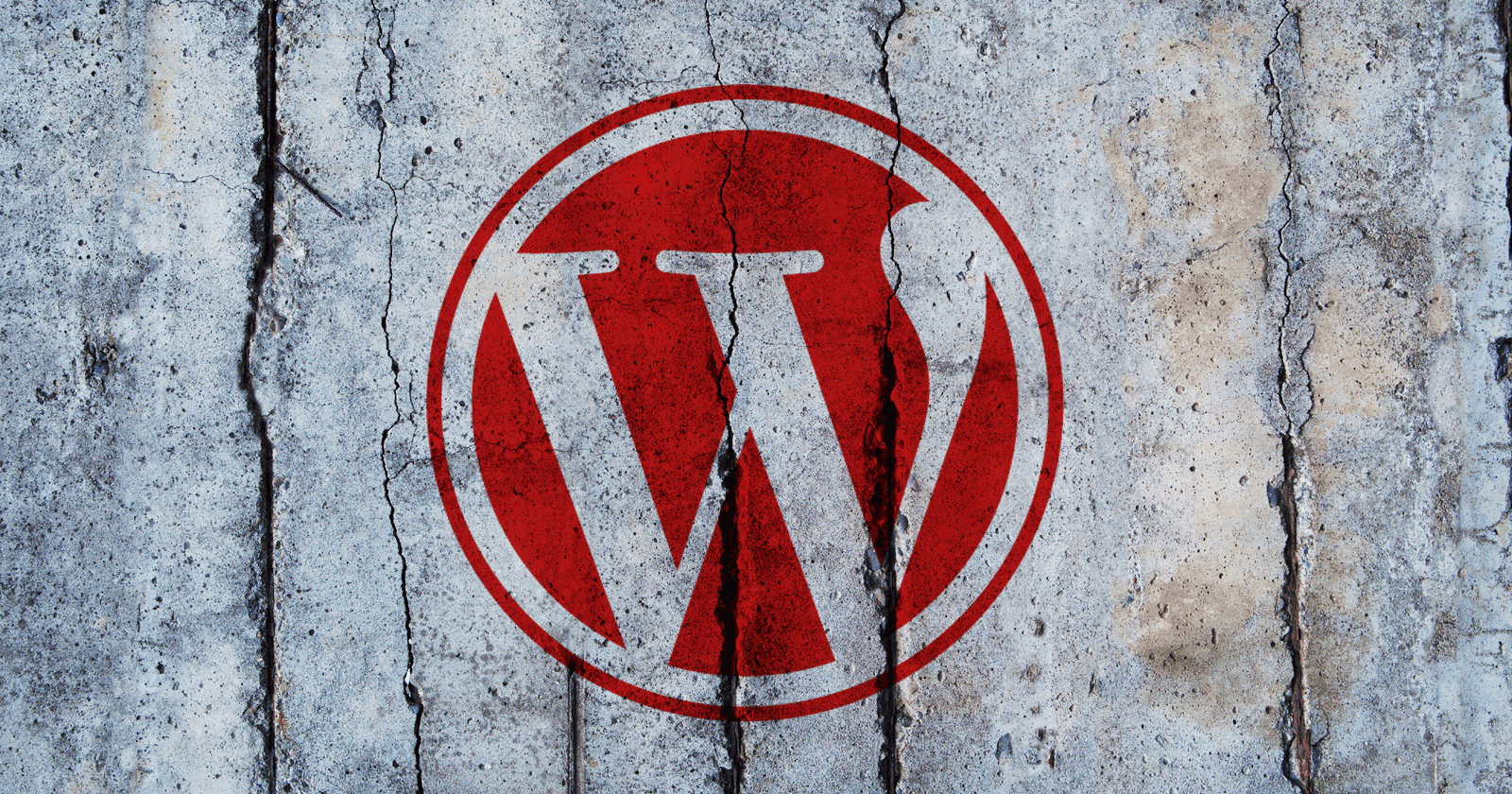How ChatGPT can help brands find creators—and why it isn’t ready to replace them
The tech could help as a thought-starter, but won’t be replacing creators anytime soon.

AI is infiltrating every area of marketing from the conceptual phase to even creating TV commercials. And within the creator economy—which has ballooned substantially over the past year—the technology is starting to help connect brands with creators, and even streamline creative briefs.
While creators are not jumping to integrate the platform into their own workflows, marketers and influencers have found that ChatGPT, the chat AI from OpenAI, is a useful brainstorming tool.
“We started using ChatGPT for parts of the process like briefing creators,” Ryan Detert, CEO of Influential, wrote in an email. “It’s a good way to scale when you need to do hundreds of custom briefs with creative thought starters. We still use a human lens; for us, AI has always been augmented intelligence and machine learning, plus human perception, equals the best results.”
Detert’s team has used ChatGPT to help create thought-starters for campaign ideas depending on a brand’s category or vertical, and then a human team helped edit down and determine which ideas are most feasible. For clients that need a large numbert of creators, the pairing of AI and human understanding helps have a uniform sentiment or brand message across different types of creators, Detert said.
That human element is still needed, because ChatGPT will “confidently lie to you,” said Tyler Folkman, chief technology and AI Officer at BEN, which does influencer marketing and product placement. He asked the platform to recommend creators with a certain amount of followers for a brand campaign, and ChatGPT gave a wide variety of creators, often ignoring the follower counts.
ChatGPTs outputs can also be stiff-sounding. Detert shared an example prompt his team gave ChatGPT that asked it to make a creative brief for an influencer on Meta and TikTok for a lower-calorie soda aimed at women ages 25-34. The prompt also asked for it to be light-hearted and about fashion, but weaving in the message of the drink.
ChatGPT replied with an objective, target audience, key message, a broad example of an influencer for the campaign, and what kind of content they should make. For example, including the phrase, “Refresh your look and your health with my favorite lower calorie soda.”
“The technology is certainly not in a place to replace creators,” BEN’s Folkman said. “But it could give you a competitive advantage if you play around with it,” Indeed some creatives have even been using generative AI to imagine new brand collaborations.
Related: ChatGPT attempts to write Super Bowl ads
While ChatGPT and Bing’s chatbot have led to some interesting conversations, AI is ultimately only as good as the text data that it was trained with. While it may help with the administrative tasks of finding and partnering with creators, marketers agree it can’t replicate the community and creativity that creators bring. Because ChatGPT is based on a data set, it often gives an average answer, pulling from ideas that have already been done.
“If you take what it gives you as a stopping point, that will not work,” Folkman said. “It should be a starting point and then you need to work with it.”
The “holy grail” for Detert would be to type in the scene or concept a brand wants out of an influencer campaign and have an approved finished product appear in seconds that can then be published in a creator’s feed.
“The two biggest blockers of this are copyright laws around AI-generated imagery and videos, as well as all of the brand name, images and logos,” Detert said. “The other is realism. Most AI outputs have made people or things cartoonish.”
Food YouTuber and creator Jeremy Jacobowitz decided to test out if AI could replace him in a recent video. He asked ChatGPT for a list of the top five pizzerias, top five bagel shops and the top five Jewish restaurants in New York City, and then compared it with his own lists.
There was some overlap, and, overall Jacobowitz was impressed, but isn’t worried AI will replace him anytime soon. “If someone wanted a jumping-off point in a new city, sure, why not use it?” Jacobowitz said. “But most people follow me, and follow other creators, because our videos are our personality. It goes beyond just a list.”
Some creators are more interested in AI’s possible image and video capabilities.
YouTuber Jordan Matter tested AI to create a thumbnail for a recent video after hearing a talk by OpenAI, the company behind ChatGPT and DALL-E, the AI image generator.
Matter started with a thumbnail that used a real location—an underwater hotel room. The thumbnail was going to be for a video about him and his son staying at an underwater suite in Dubai. But the original image was a stock photo.
“I didn’t want to copy anybody’s thumbnail,” Matter said in an email. “So during the talk, I wrote my thumbnail artist a note that said ‘try AI.’” The artist inputted the original image into DALL-E. The generator spat out several options, one of which Matter ended up using as the thumbnail. “AI only created the room, and then my thumbnail artist added my daughter’s face,” Matter said.
Mark Sommerville, a creative director and creator consultant, has also dabbled with ChatGPT, but doesn’t see it being part of his process anytime soon.
“I probably write video scripts faster because it’s in my own voice,” said Sommerville. “I’m waiting for the day when something similar can do video generation. If it could edit a video or generate B-roll, that would be super interesting.”

 ShanonG
ShanonG 































